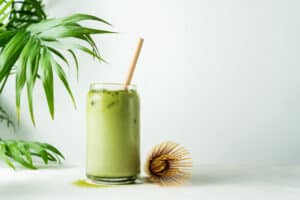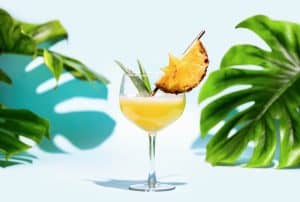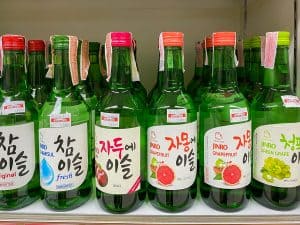
Screw cap wine bottles create some heated debates in the wine world. Some connoisseurs argue that because the bottle doesn’t have a cork, the wine cannot breathe and will spoil.
On the other hand, the screw cap camp argues that their screw caps are better for storing leftover wine and are more convenient.
But debates aside, you might wonder how long your bottle of screw cap wine will last, sealed and unopened.
The answer to that question depends on what type of wine is in the bottle and how it will be stored. An unopened bottle of screw cap wine will last anything between two and twenty years:
- White wine has the shortest shelf and storage life: 1–2 years, and high-end fine wines between five and seven years.
- Even the most budget-friendly red wines will typically last 2–3 years.
- Enthusiastic cooks who love cooking with wine can expect their cooking wine to last between three and five years.
- Fine wines, produced to improve with age in the bottle, typically last between 10 and 20 years.
We’ll look at a brief history of screw cap wine bottles before we delve into the pros and cons of screw cap wine bottles. We’ll also look at how long you can store an unopened bottle of screw cap wine before it spoils.
Benefits of Screw Cap Bottles
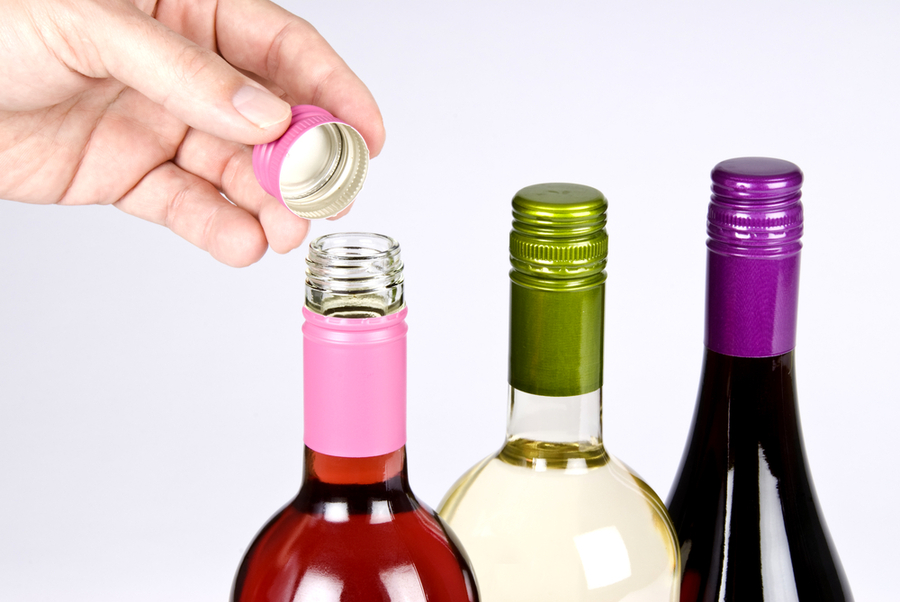
Screw cap bottles have nothing to do with the quality of the contents. There, we said it. Just because it has a screw cap doesn’t mean you’re buying an inferior wine.
Let’s look at some of the benefits of screw cap bottles below:
- Cork’s Shipping Costs: The first and obvious benefit of screw cap bottles is that wineries don’t have to deal with quality cork’s shipping and importation costs—keeping our wine prices lower. Yay for us!
- No Cork Taint: Your wine’s taste is protected against cork taint. Common traits of cork taint include strange smells like a moldy basement or wet newspapers; sometimes, the wine smells like nothing or very muted. Unfortunately, the taste can also be muted or downright terrible.
- The main culprit in cork taint is TCA (2,4,6-trichloroanisole). According to Wine Enthusiast, this happens when a group of insecticides and fungicides, known as halophenols, make contact with fungi, mold, or certain types of bacteria in the cork tree’s bark. Even worse, these fungi have a defense mechanism against these fungicides and chemically change it to TCA while remaining unaffected. Halophenols were widely used during the 1950s–1980s. However, they remained in the soil, so TCA contamination or cork taint is always a real risk.
- Aesthetic Purposes: Wineries can print intricate designs on the caps and sleeves, adding flair and individuality to their products. Embossing is another excellent way wineries can make their products stand out. Sure, you can print on the cork, but nobody will see it until you’ve pulled the cork, and what’s the fun in that?
- Ease of Use: Screw caps are easy to open, close, and store again. I cannot recall how often I’ve had to rummage through a drawer to find my (decent) corkscrew (I have several stashed in strategic places); or turned up for an outdoor event to find I forgot my corkscrew… Too many times, I’m afraid. What can be worse than when you try to open a bottle of wine, and the cork disintegrates into your wine? None of that with a screw cap bottle!
- Recycling: Screw top caps are recyclable, and you’ll help to save the planet one bottle of wine at a time. And you’re also helping to lessen the burden of spoiled wines.
There is a flip side to the coin as well—screw caps are made from aluminum. Unfortunately, aluminum processing can be a dirty process that impacts the air and water quality.
Aluminum is not biodegradable. Various recycling companies have their own internal guidelines regarding screw caps and may reject them as non-recyclable items.
The plastic lining can also make recycling aluminum caps impossible, i.e., it’s considered general waste. Adding to the problems of recycling the caps is that the liners are made from polyvinylidene chloride (PVDC)—an unsustainable plastic that releases toxic gasses when it’s burned.
PVDC may also be linked to possible health risks such as cancer. But all hope isn’t lost—Amcor, the company that produces Stelvin screw top caps, has released a PVDC-free lining.
In addition, countries such as Germany have restricted the use of PVDC, but it is still allowed in the USA.
How Long Does Unopened Screw Cap Wine Last?
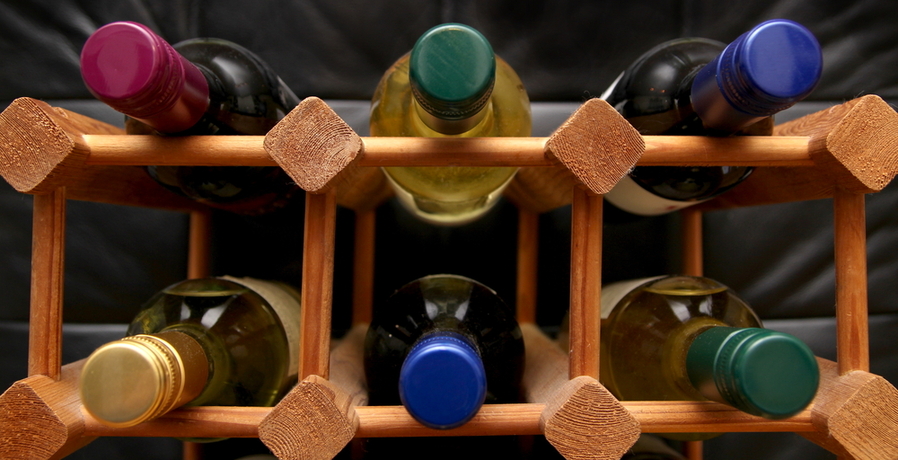
As the saying goes, nothing lasts forever. The same is true about wine. An unopened bottle of screw cap wine can last between two and twenty years.
Let’s investigate this statement:
- White wine has the shortest shelf and storage life: 1–2 years, and high-end fine wines between five and seven years.
- Even the most budget-friendly red wines will typically last 2–3 years.
- Enthusiastic cooks who love cooking with wine can expect their cooking wine to last between three and five years.
- Fine wines, produced to improve with age in the bottle, typically last between 10 and 20 years.
While the above is good news, you still need to store wine correctly to prolong its life and quality—even if it is a screw cap bottle.
First, keep your wine in a dark room or space. Those dark bottles are designed to keep out UV rays, but they can only withstand so much sunlight before the wine is ‘cooked’ or starts to break down.
Tying in with keeping your wine in a dark place is temperature. Storing your wine next to the oven in a dark cabinet won’t do it any good, nor will storing it in a cabinet that is placed in a warm, sunny room.
The key to temperature control is keeping it as constant and cool as possible. Even though your wine has a screw top, you should still monitor the humidity. Too much moisture may cause aluminum deterioration.
Will a Screw Top Keep the Wine Fresh?
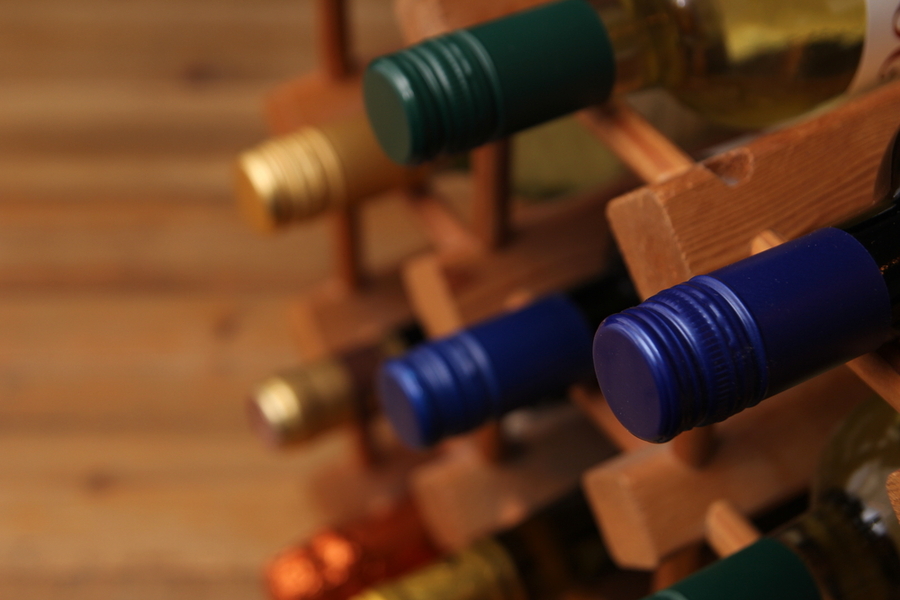
Your wine will stay fresh if the seal is intact and the bottle remains unopened. However, the environmental factors discussed above also come into play, so don’t forget about them.
Because the bottle is double-sealed by the screw cap, the wine is separated from the surrounding environment, and oxidation cannot occur.
The screw top also aids in preserving the oils and flavors in your wine and helps to maintain the taste and color because it is protected from oxygen.
In addition, studies have shown that cork can shrink over time, making your wine oxidize quicker and undrinkable.
Screw tops are also convenient because it seals the leftover wine again, and you don’t have to rummage to find a stopper or try and jam the cork back into the bottle.
A Little History of Screw Cap Bottles
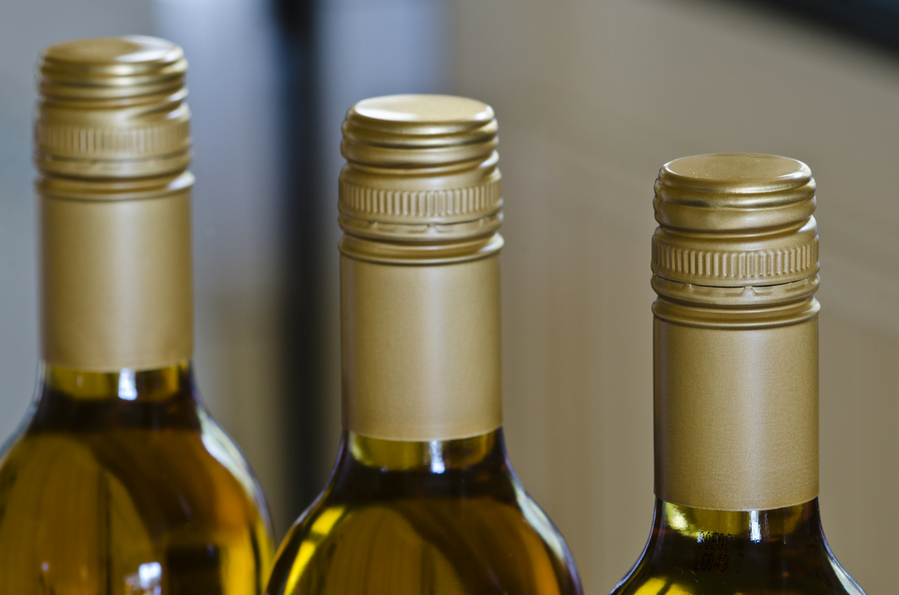
The Aussies are responsible for the movement to screw cap wine bottles; it may be a blessing or a curse depending on who you ask.
Peter Wall, former director of Yalumba, a winery in southern Australia, grew tired of the number of wines that became cork tainted. He set out to find a solution to this problem.
He contacted a French company to provide an alternative way to seal the wine bottles. The answer was the Stelvin cap. Unfortunately, it wasn’t patented or commercially used until the late 1970s when first the Australian winemakers opted for this alternative closure.
The first wines with screw caps appeared somewhere in the 1970s. Swiss and Australian wine companies marketed these bottles under the registered trademark, and brand name Stelvin—even bottles not made in this style became colloquially known as ‘stelvin’ bottles.
During the 2000s, Australian and New Zealand winemakers made a hard shift to screw cap bottles because quality cork became increasingly difficult to obtain.
Most big European wineries already had deals with cork harvesting farms, so they did not have the extra headaches of shipping and importing expensive corks from thousands of miles away.
Conclusion
Screw top wines are convenient because you can be opened and sealed again without too much worry. They are also convenient to store. Screw top wines are at their best when they land in your house— there’s no reason why you should age your wine.
But, sometimes, it is fun to age wines to see how the flavors and aromas develop over time, and this decision is yours. Don’t let anyone tell you otherwise. A sealed bottle of screw top wine can last between two and twenty years, which we think is pretty neat.
You can learn more about the various types of wine closures here and see what suits your needs best.

